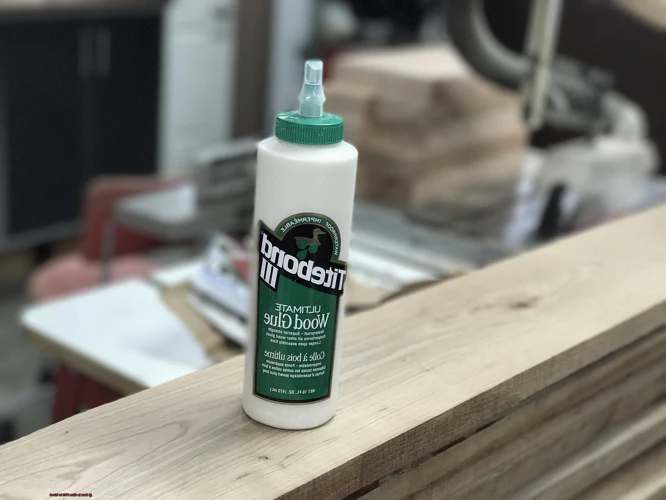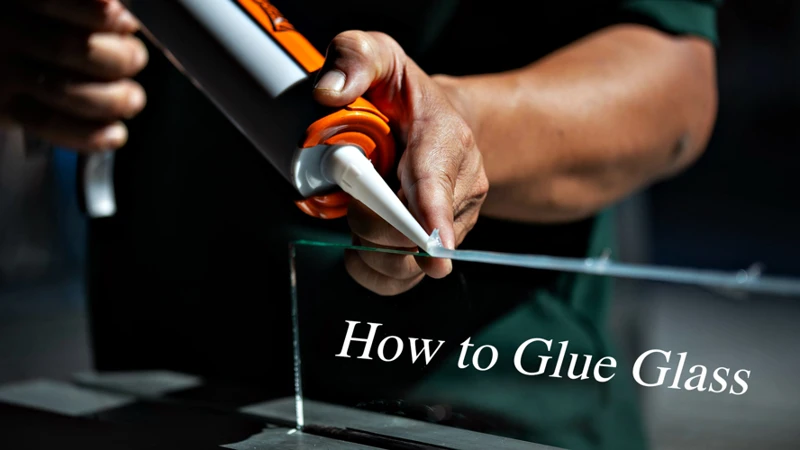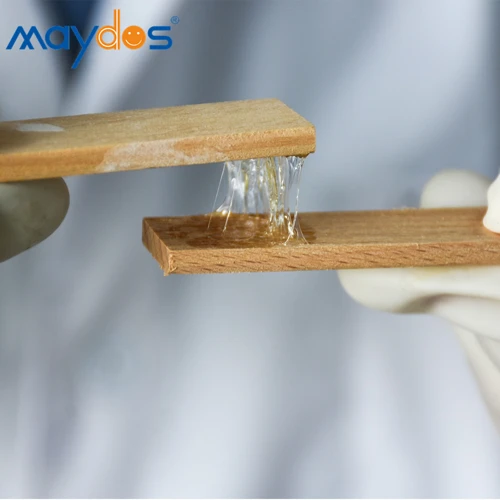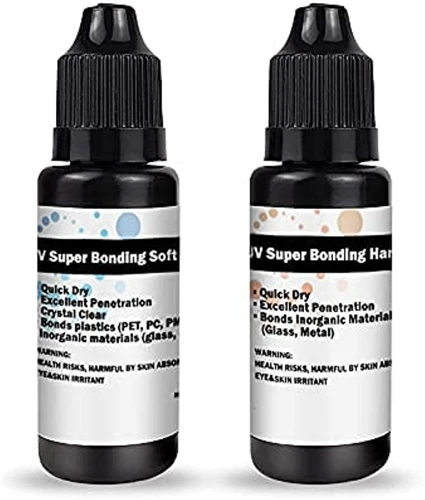When it comes to home improvement or crafting, the ability to combine different materials is essential. Bonding PVC with wood is a task that, while not complicated, requires understanding of the right techniques and materials. Whether you’re aiming to create a durable outdoor structure or a sleek interior design element, knowing how to attach PVC to wood effectively is a valuable skill in your DIY arsenal.
Understanding the Basics of PVC Wood Glue Techniques
Combining polyvinyl chloride (PVC) with wood involves a specific set of skills and knowledge. PVC wood glue techniques are not overly complex, but they do demand a certain level of precision and understanding of how adhesives interact with these materials.
Choosing the Right PVC to Wood Adhesive
Selecting an appropriate adhesive is crucial for a successful bond between PVC and wood. Not all glues are created equal, and using the wrong type can lead to weak bonds or damage to the materials.
Identifying the Best Glue for PVC to Wood
When searching for the best glue for PVC to wood, it’s important to consider the specific requirements of your project. The adhesive should be strong enough to hold the bond under the conditions it will face, such as weight-bearing or exposure to the elements.
Waterproof PVC to Wood Glue Options
If your project is destined for an outdoor environment or somewhere moisture is present, you’ll need a waterproof PVC to wood glue. These specialized adhesives ensure the bond remains intact even when subjected to water.
Preparation for Gluing PVC to Wood
Proper preparation of the materials is just as important as the gluing process itself. Ensuring both the PVC and wood surfaces are ready for adhesion will significantly increase the likelihood of a strong, long-lasting bond.
Cleaning and Prepping the Surfaces
- Ensure both surfaces are clean and free from dust or grease.
- Roughen the PVC surface slightly with sandpaper to enhance adhesion.
- Make sure the wood is smooth and without splinters.
Applying the Strong Adhesive for PVC to Wood
With the surfaces prepped, apply a strong adhesive for PVC to wood according to the manufacturer’s instructions. Spread it evenly to avoid any gaps that could weaken the bond.
How to Attach PVC to Wood
Attaching PVC to wood is a straightforward process once you’ve chosen the right adhesive and prepared your materials. The actual bonding step is critical and demands focus to ensure a secure attachment.
Step-by-Step Guide for Bonding PVC with Wood
- Apply the adhesive to one of the surfaces.
- Press the PVC firmly onto the wood.
- Secure the bond with clamps or weights while it cures.
DIY PVC to Wood Projects: Practical Examples
DIY enthusiasts often use this bonding technique in various projects, from constructing PVC pipe frames that attach to wooden bases to creating outdoor furniture combining PVC’s durability with wood’s natural beauty.
PVC to Wood Bonding Tips
While the process may seem simple, there are several nuances to creating a robust bond. These PVC to wood bonding tips can make the difference between a project that lasts and one that fails prematurely.
Avoiding Common Mistakes
Common mistakes include not allowing enough curing time, applying too much or too little adhesive, and not clamping the bond securely. Avoid these pitfalls to ensure your project’s success.
Ensuring a Strong Bond
For a strong bond, it’s crucial to apply consistent pressure across the joint and ensure the adhesive is distributed evenly. This helps avoid weak spots that could compromise the bond’s integrity.
Curing Time and Process
Curing is the period during which the glue sets and reaches its maximum strength. Understanding the curing time and process specific to the adhesive you’re using is vital for a successful bond.
How Long Does It Take for PVC Adhesive to Cure?
The curing time for PVC adhesive varies depending on the product and environmental conditions. Refer to the product’s instructions for an accurate timeline.
Accelerating the Curing Process
While it’s generally best to allow the adhesive to cure naturally, certain conditions such as warmth and humidity can accelerate the process. However, always follow the manufacturer’s guidelines to avoid compromising the bond.
Aftercare and Maintenance
After successfully bonding PVC to wood, it’s important to maintain the bond to ensure its longevity. Proper aftercare can extend the life of your project significantly.
Maintaining the Integrity of the Bond
Regularly check the bond for signs of wear or weakness and address any issues promptly. Keeping the bonded area clean and avoiding unnecessary stress can help maintain its integrity.
How to Remove PVC Glue from Wood
Should you need to remove PVC glue from wood, carefully applying a solvent that’s safe for both materials can dissolve the adhesive. Always test the solvent on an inconspicuous area first to ensure it doesn’t damage the wood or PVC.
Conclusion and Further Resources
Bonding PVC with wood can open up a range of possibilities for projects and repairs around the home. With the right materials, preparation, and application, you can achieve strong, durable bonds that withstand the test of time.
When it comes to DIY projects, knowing the right methods to adhere different materials is crucial for a successful outcome. If you’re specifically looking to attach PVC to wood, our comprehensive guide on how to glue PVC to wood will provide you with step-by-step instructions and essential tips. For those working on other projects, we also have useful resources on how to glue PVC to metal, how to glue Formica to plywood, and how to glue rubber to wood. Each article is designed to help you navigate the challenges of bonding different materials with ease and confidence.
Troubleshooting and Additional PVC to Wood Glue Techniques
If you encounter issues or have specific requirements for your project, seek out additional resources and troubleshooting guides. There are many nuances to PVC to wood glue techniques that can help you refine your approach and achieve the best possible results.





